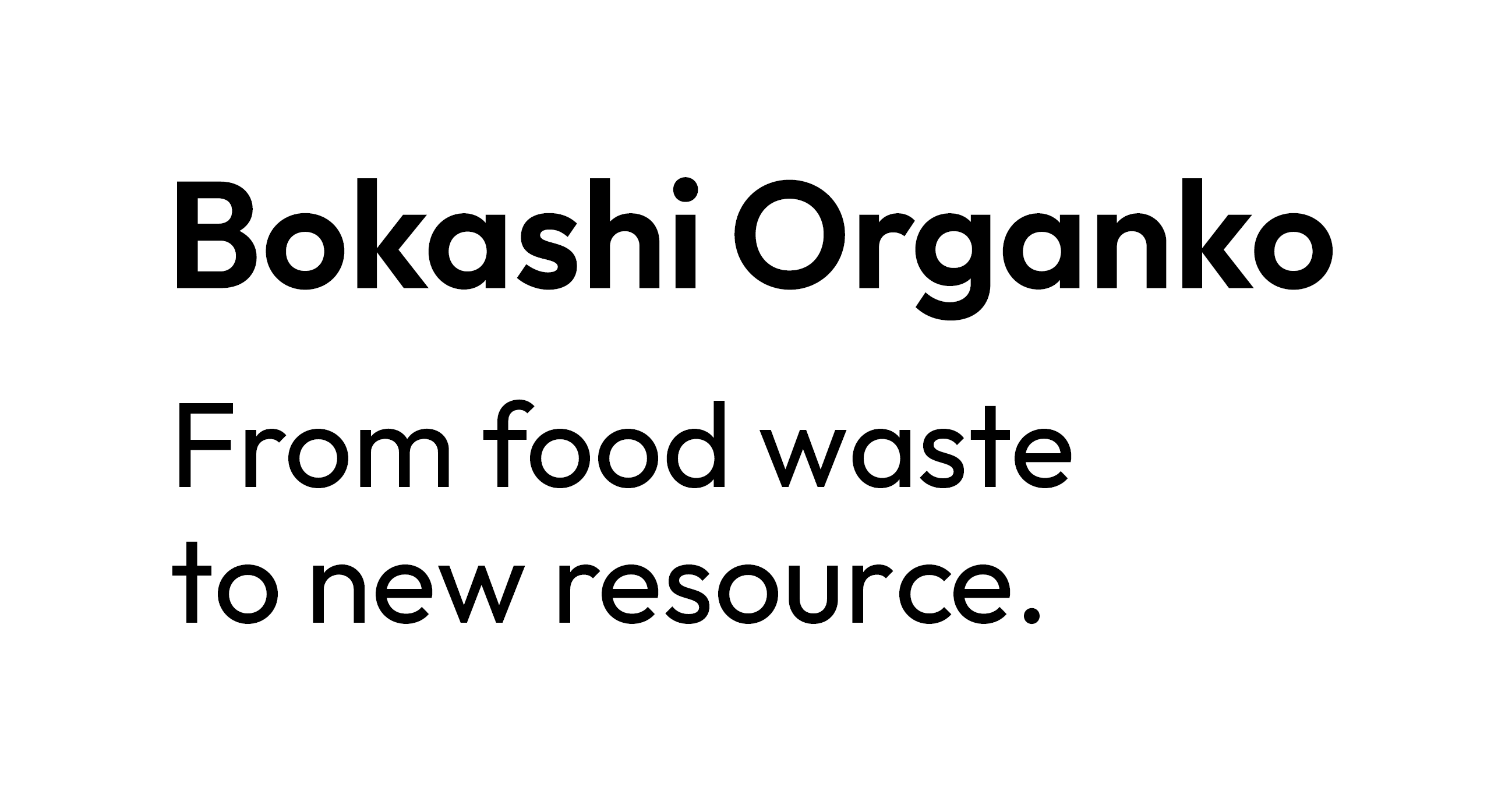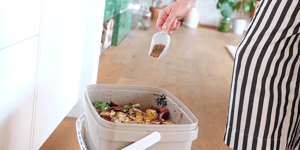On the fermentation of organic waste, homemade fertilizer and our Bokashi bucket. A test report on our Bokashi Organko bucket from Skaza. Guest-blog by: Andrea and Hannes from PlaceToBe.
First of all: organic waste is a completely wrong term for kitchen leftovers. Why? Because "waste" is a very valuable product that can still be used a lot. So I prefer to call it "refuse" here. Because if you properly dispose of refuse, something new can emerge from it. In our case: the best organic liquid fertilizer and compost. As you have probably already guessed, this post is going to be all about our organic refuse. And about what we do with it and make from it.
That's to say, we ferment our organic kitchen refuse. How? With our two Bokashi buckets. You will discover in this article how this works exactly and about our previous experience with the Bokashi Organko.
Happy reading!
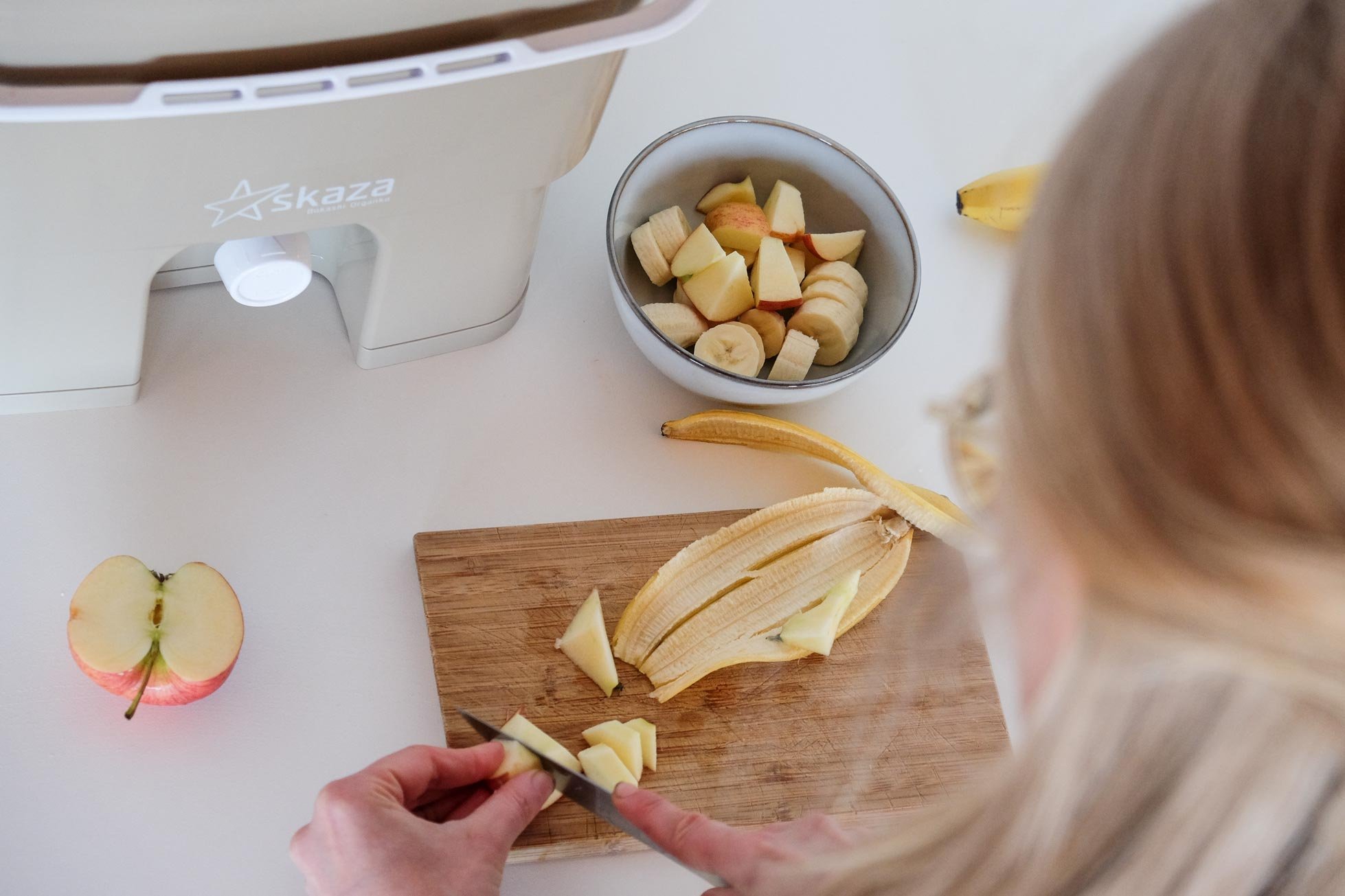
Bokashi. What is it exactly?
For those of you who have never heard of Bokashi, here's a little introduction. The word Bokashi comes from Japanese and describes the fermentation of organic materials, in this case, our organic refuse.
The process looks something like this: the refuse that is generated in the kitchen is placed into the airtight, sealable Bokashi bucket and sprinkled with effective microorganisms (EM). This starts the fermentation process. This process creates high-quality fertilizer over a period of several weeks, which is then used in the garden, on the terrace, or inside on foliage plants and bloomers. The organic liquid fertilizer can be collected regularly every few days, depending on how much organic refuse you generate. As soon as the Bokashi bucket is full, it should be left closed for another 3 weeks. Fermentation takes place during this time, and the refuse does not rot as usual, but high-quality compost, otherwise known as Bokashi, is created. You can either tip this on your compost heap or simply use it when preparing the soil in the garden.
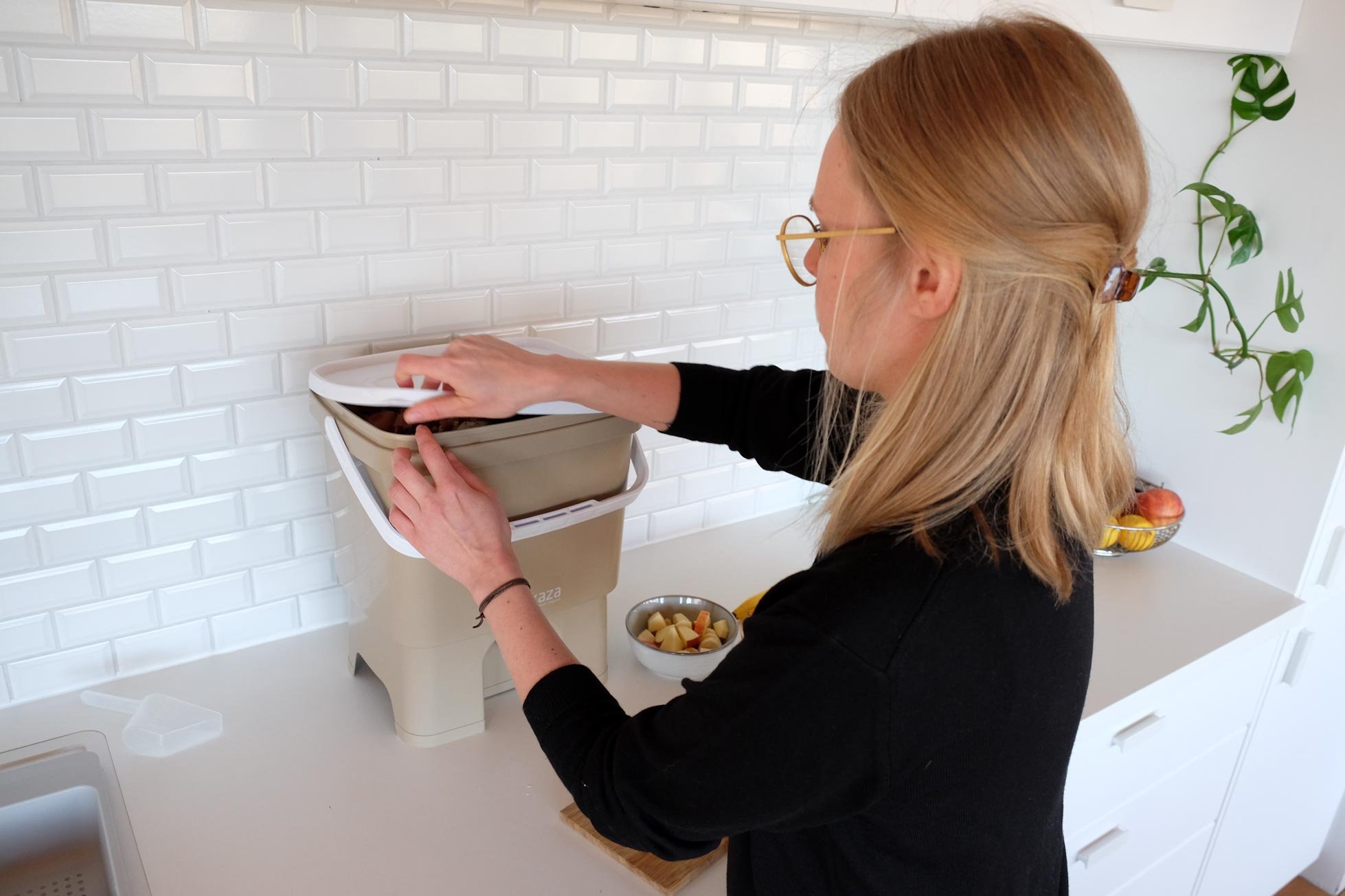
We have used the first batch in our newly built raised bed. It has to be said, however, that you need to be careful in terms of what you plant in the bed, as the mixture is very intense and too rich for some plants. So either mix it well in the soil or use plants in the first year that will appreciate an extra helping of fertilizer, such as pumpkins, for example.
Produce high-quality fertilizer. Quite simply with organic refuse from the kitchen.
The great thing about the Bokashi bucket? All organic leavings can be included. Even meat – left out in our case as we both live a vegan lifestyle, but I am mentioning it because you can process a lot more refuse compared to a worm box. Leftovers from self-cooked or seasoned food can go into the bucket. So food leftovers, scraps that you get during cooking and everything like that.
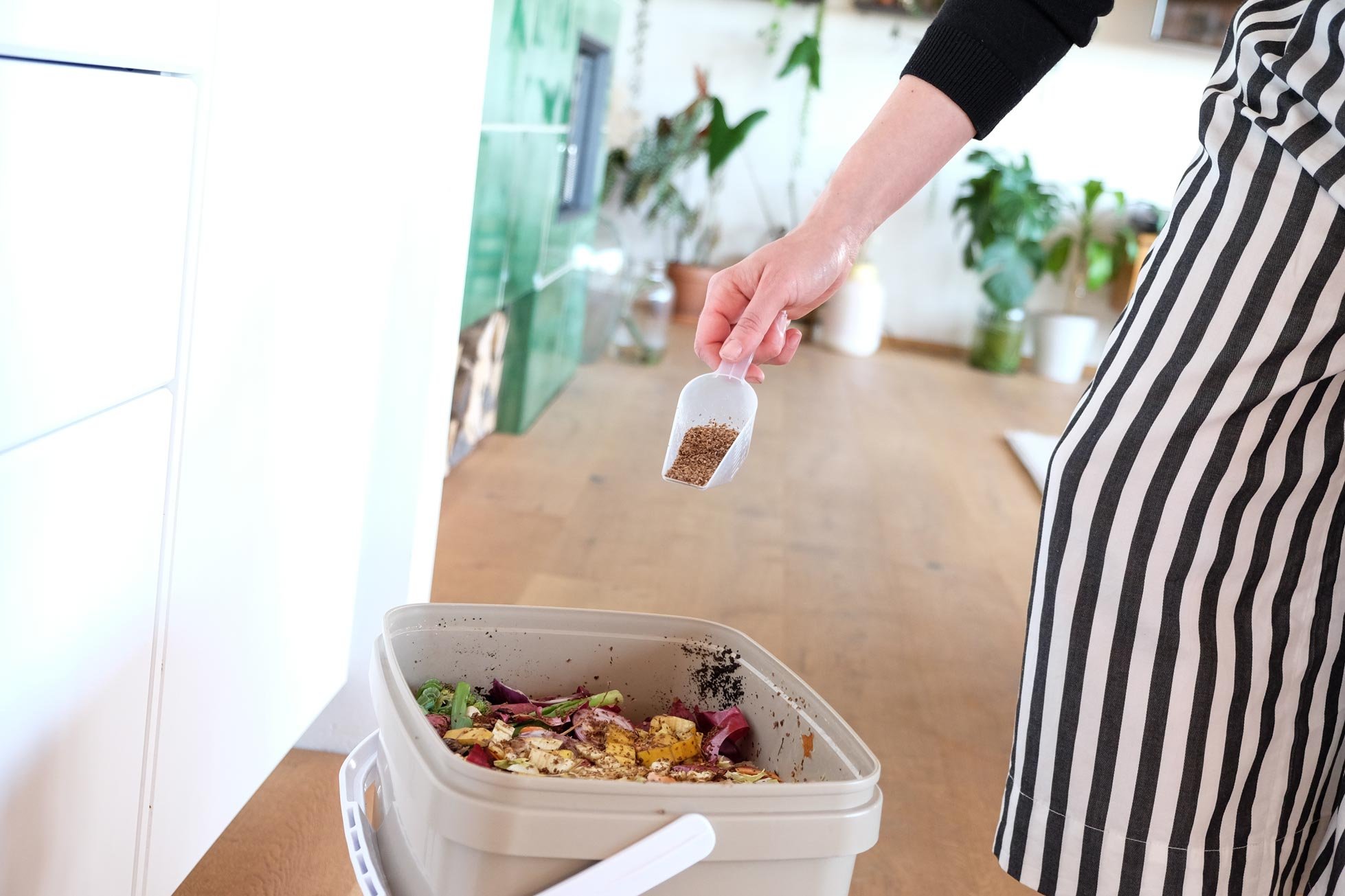
High-quality organic fertilizer for the plants
The organic refuse becomes valuable liquid fertilizer on the one hand and high-quality bokashi on the other. The fertilizer collects in the lower area of the bucket and can be drained off using a small tap. Dilute 1:200 with water. What is left in the bucket is called bokashi. Bokashi contains particularly valuable nutrients and active ingredients that can then be added to the garden, raised beds, or potting soil.
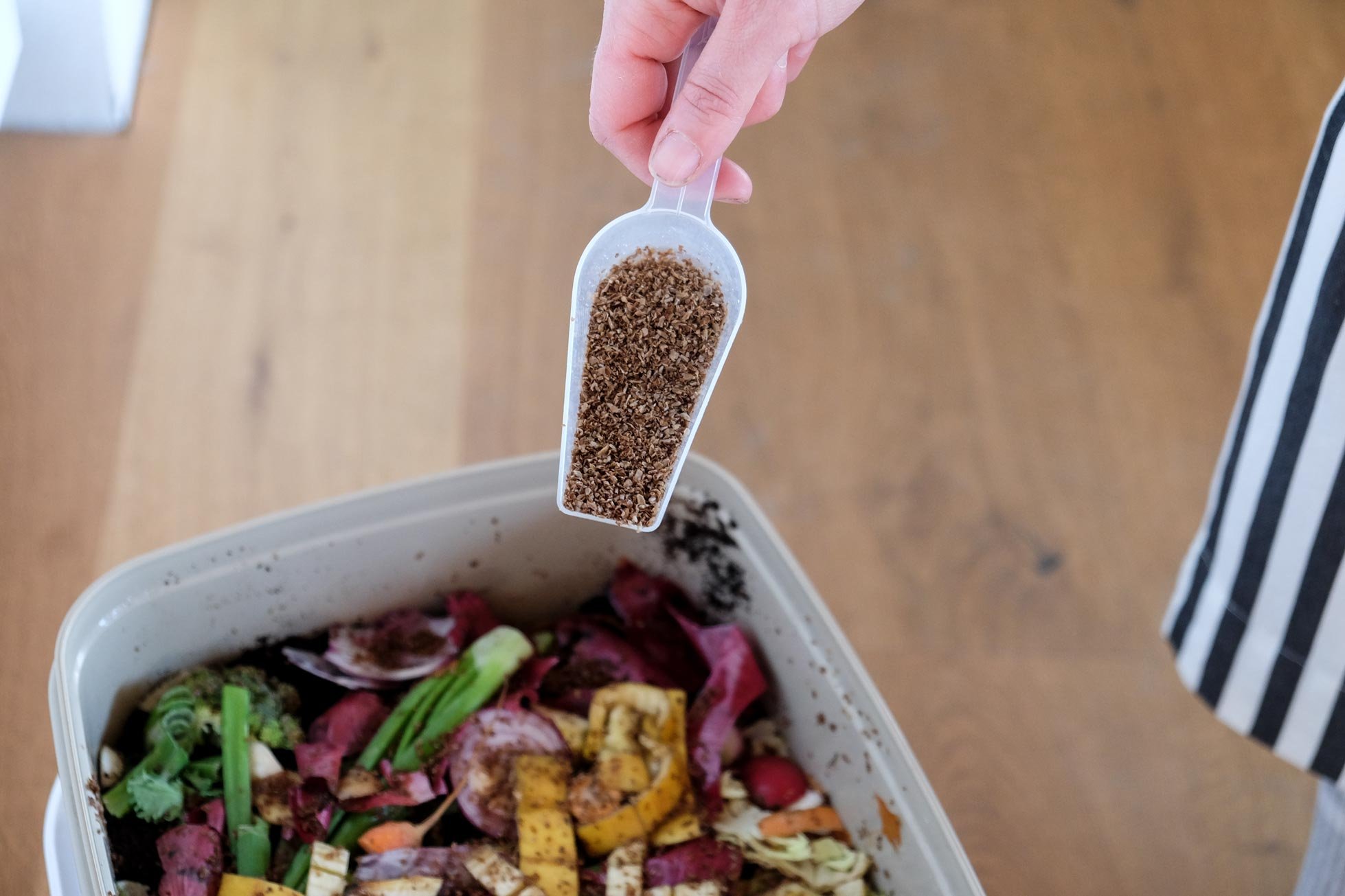
Your own fertilizer for healthy plants
The liquid can be drained approx. every 5 days, on the very first occasion, this can sometimes take 14 days. You can add organic fertilizer to tap water whenever you wish to water your plants. This will strengthen the plants. I currently water my plants in the living room once a week with microorganisms. They are doing great. Especially the plants with a high proportion of white like my Monstera Variegata hardly have any brown edges on the leaves now. As soon as it gets warm outside and our vertical bed really starts to bloom, we will diligently use microorganisms there too. Nevertheless, the first watering already took place.
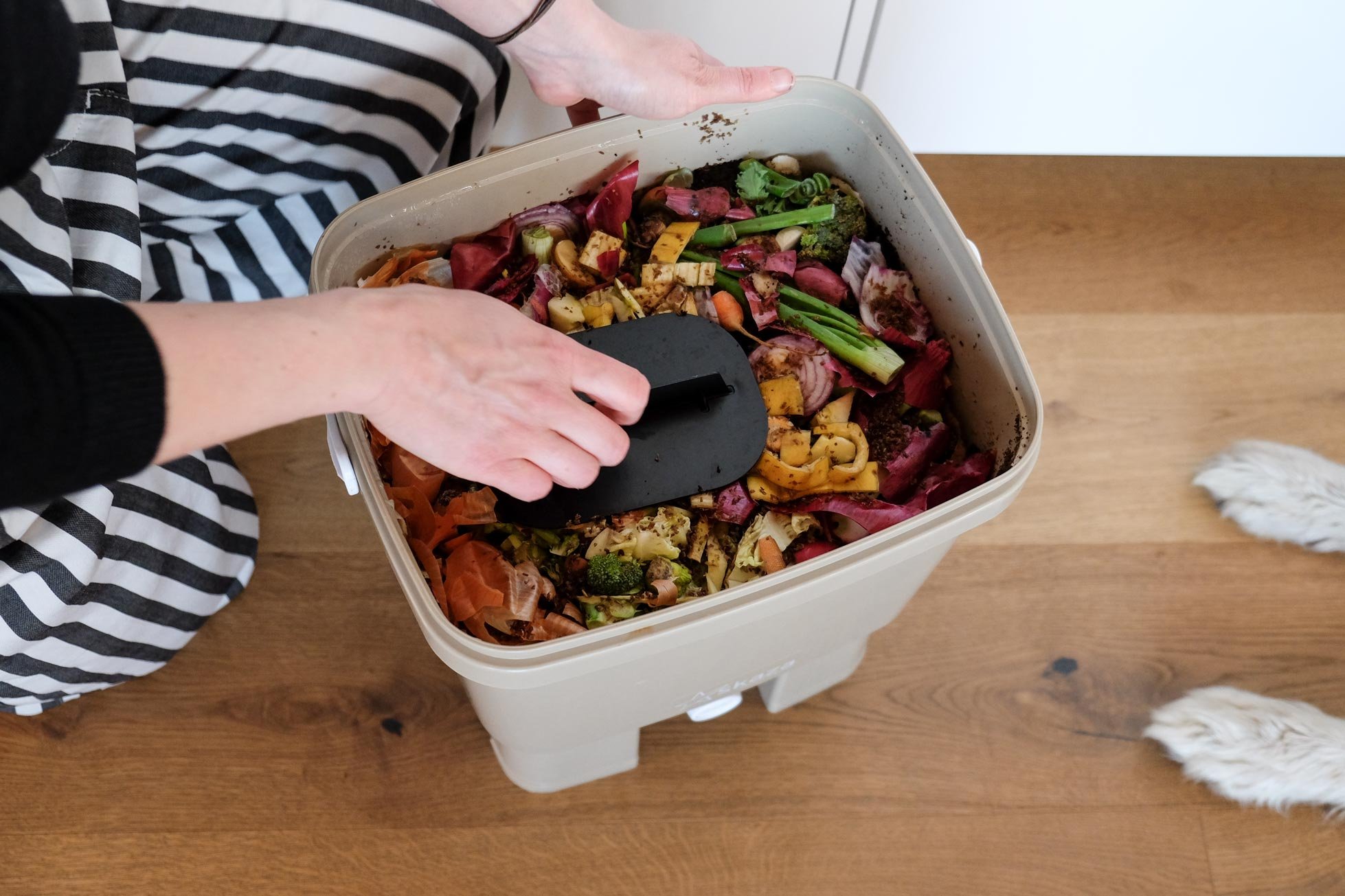
Until now, I have always bought the effective microorganisms packed in a cardboard box, and now I can simply produce them myself. I simply use our organic refuse. It's really great!
The difference compared to the worm box
We have a worm box and two Bokashi buckets. Since you keep asking me about the difference, I thought to myself, I'll record our experiences with them here.
Where to begin? So the Bokashi bucket is certainly more effective in everyday life, because you can just tip any organic refuse in it. With the worm box, there are a few do's and don'ts to consider. For example, the worms do not like onions, meat, cheese, citrus fruits and spicy leftovers. In comparison, the size of the worm box is that of a toy, we would need a much larger one to accommodate all of our refuse. However, it's nice to watch how the worms eat the organic refuse. The box usually gets full very quickly and then the worms need a lot of time to eat everything up. The worm juice production also takes much longer and is not as fruitful as the fertilizer from the Bokashi bucket.
And you just have worms in a box. Although the guys are not doing badly - if you feed them well - I would say.
I really like both, but for efficient recycling of organic refuse, I prefer the Bokashi bucket.
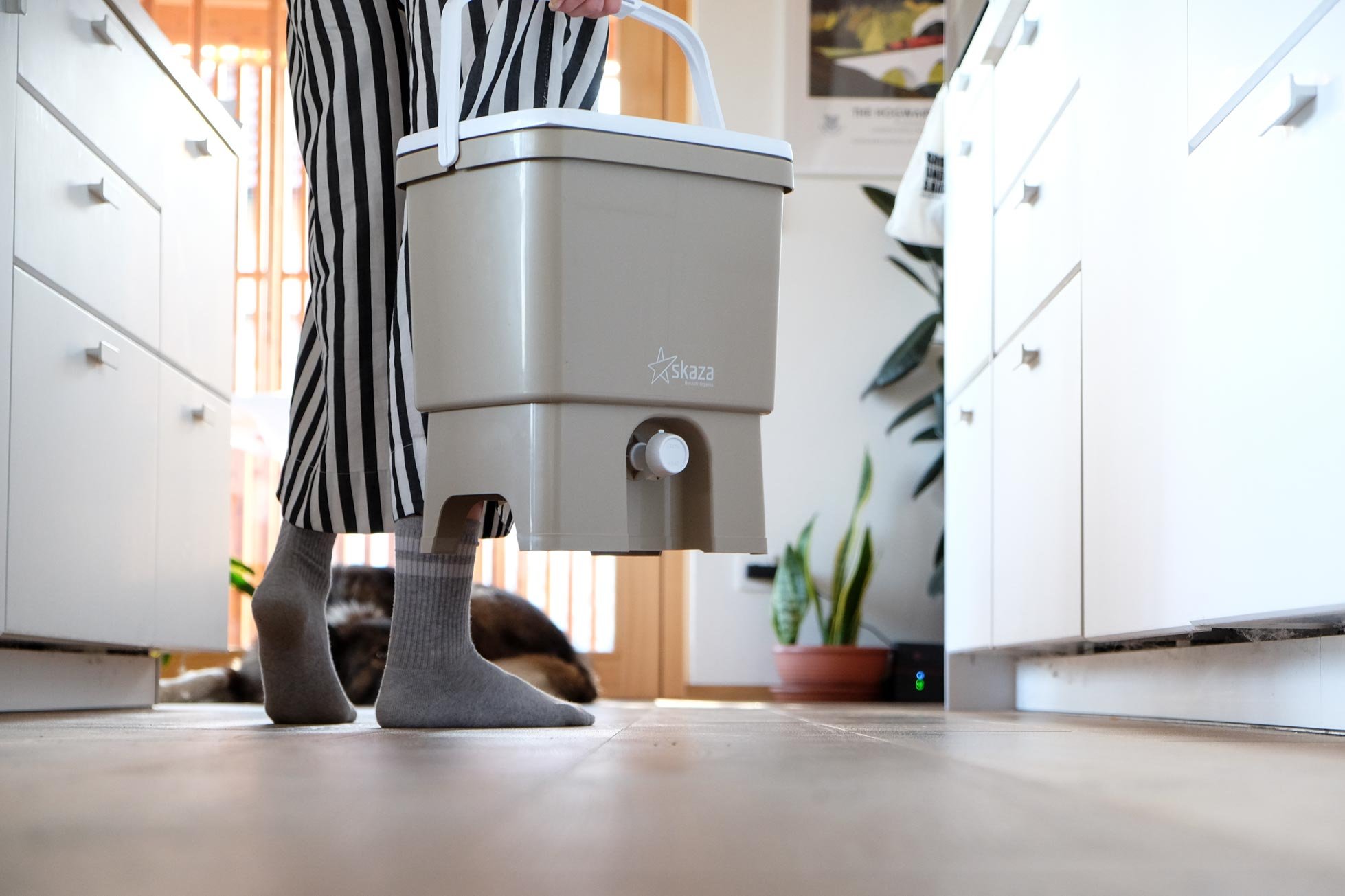
The Bokashi bucket and how we use it
We have now been using the two Bokashi buckets since last autumn and we are extremely satisfied. But you should definitely get two buckets. Because when one is full, it needs to be closed for about 3 weeks so that the organic material can ferment. Meanwhile, the second bucket can be filled.
In the beginning, I was thinking, "All of our organic refuse will never fit in there". But it can. It does.
The bucket doesn't look that big (16-liter capacity), but you can stuff in a lot of material. Why? I will briefly explain here how you set it up and fill it properly.
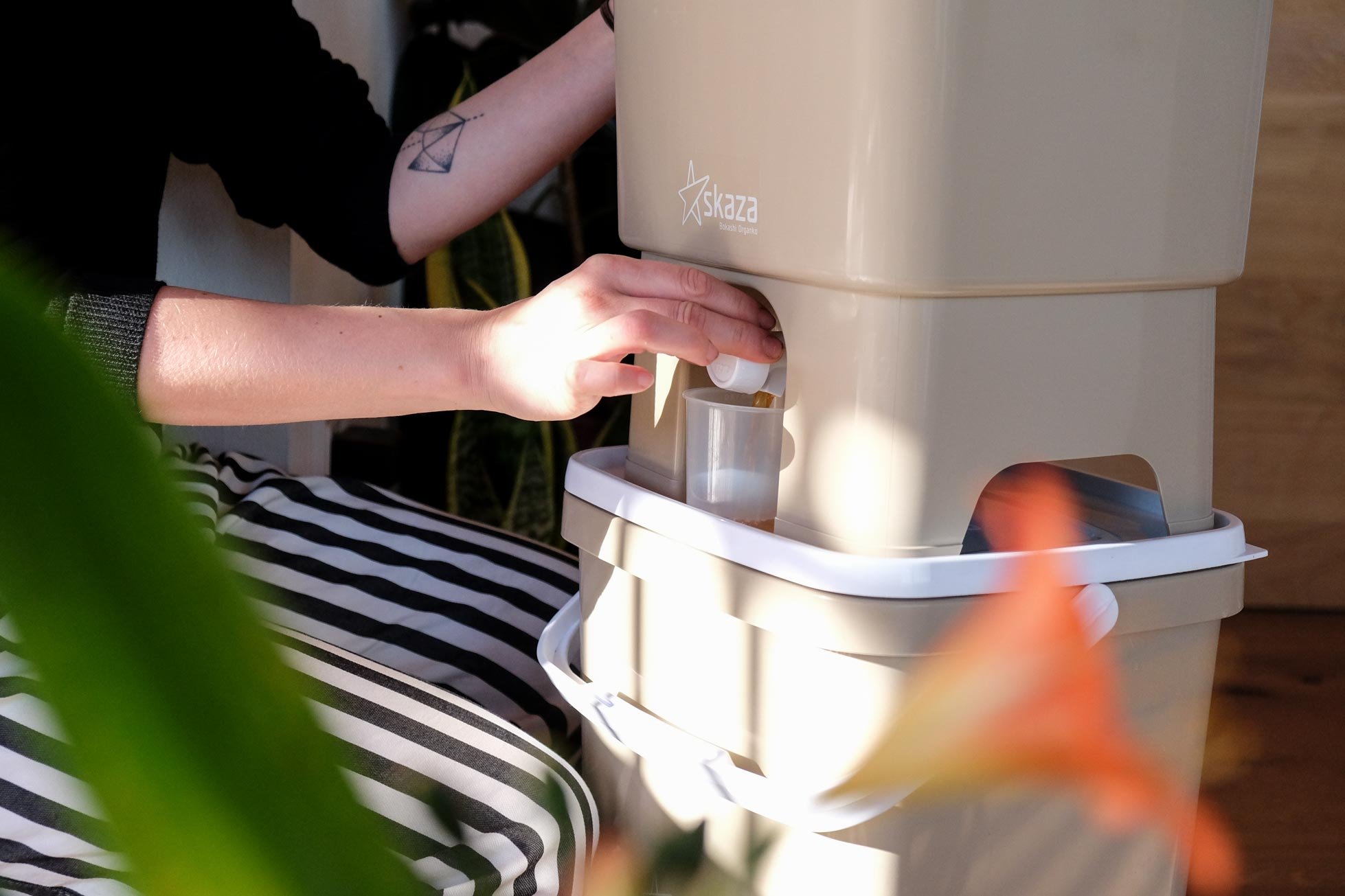
The Bokashi bucket and how to fill it — a detailed account
The bucket is made of recycled plastic and can be closed, so it is airtight. A grid is inserted in the lower area on which you place a scoop of effective microorganisms before filling it for the first time. Then the first organic refuse can be added. This should always be cut up as small as possible. As the bucket fills up, you need to sprinkle a scoop of effective microorganisms into the bucket after every few inches. It's a bit like making lasagna :). Then there is also a small black plate with a handle that you use to regularly press down the refuse. The bucket is always closed tightly and the fermentation process will slowly begin. The organic refuse starts to sink, the organic liquid fertilizer can be drained off and more space for new refuse becomes available at the top.
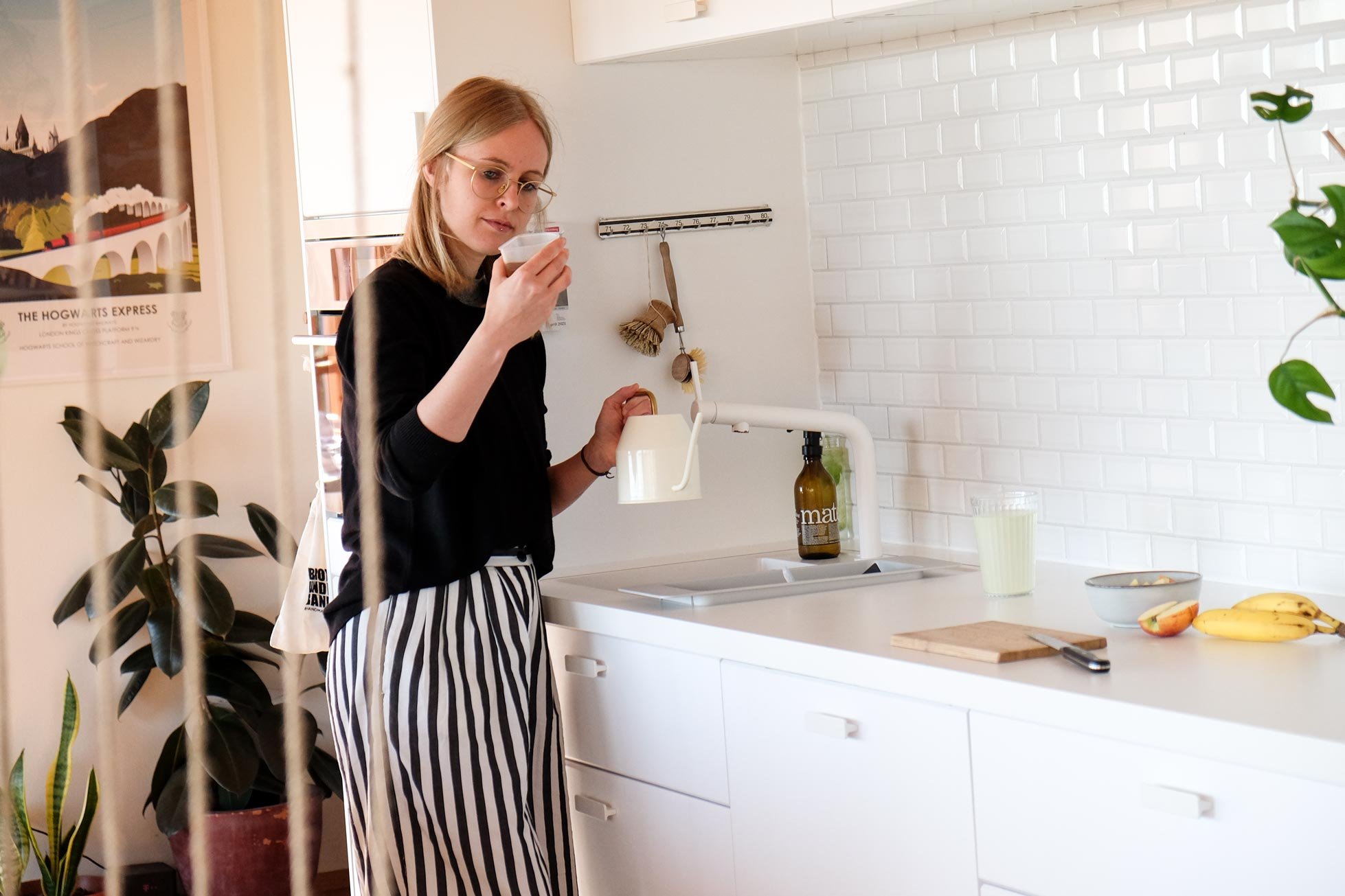
We have been filling the Bokashi bucket for about 5 weeks now. In our household, virtually all organic refuse gets thrown into it. Every now and then, the worms get something to feed on, but otherwise, most of it goes into the Bokashi bucket. It always depends on how much you cook or how much of the vegetable you overcook (you can usually use just about everything from the vegetables, except for the broccoli stalks, where Hannes and I always disagree because he doesn't like them one bit ;)). But I would say that for a couple, you can easily get by with one bucket for 3-5 weeks and we cook every day.
We water our indoor jungle once a week, there is always enough organic liquid fertilizer to go around. Now that it is getting warmer and the terrace and garden season is upon us, we will fertilize a lot with microorganisms there as well.
Our conclusion: very good! Now all that is left is to behold how our pumpkins overgrow the raised bed this year.
Oh yes, there is no smell either. Of course, when you open the bucket, it doesn't smell like flowers, this is organic refuse we're talking about, after all. Even after 5 weeks, it no longer smells like "normal" organic refuse that is taken out of the house every few days.
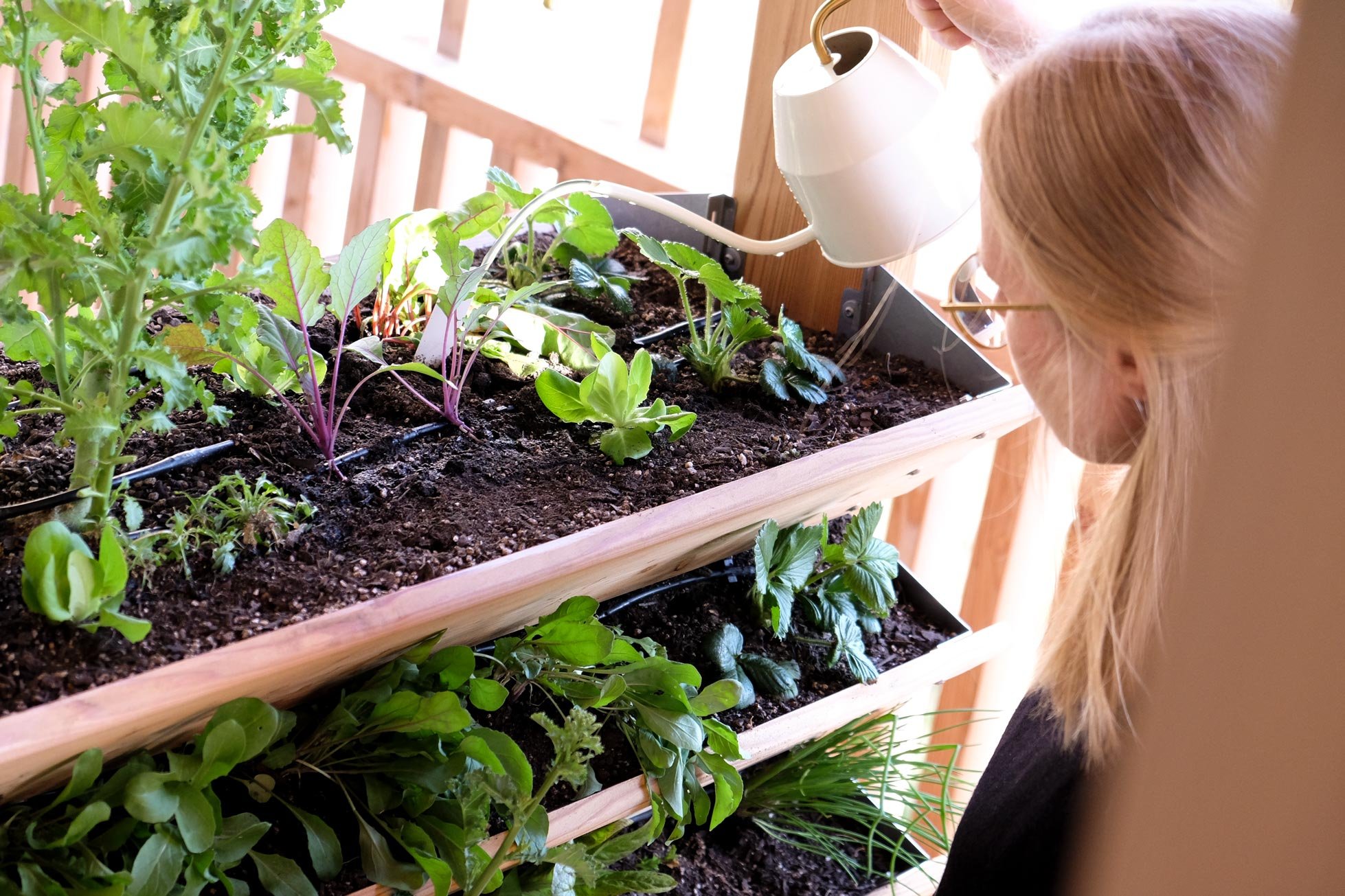
The bucket is made of recycled plastic
Our two Bokashi Organko buckets are from Skaza. The buckets are made of plastic because they have to be hermetically sealed. Skaza's manufacturing facilities are in Slovenia and the Bokashi Organko buckets are made of recycled plastic.
The Bokashi Organko 2 Ocean is even made from recycled fishing nets found in the sea. Pretty cool. This is the smaller and more stylish solution.
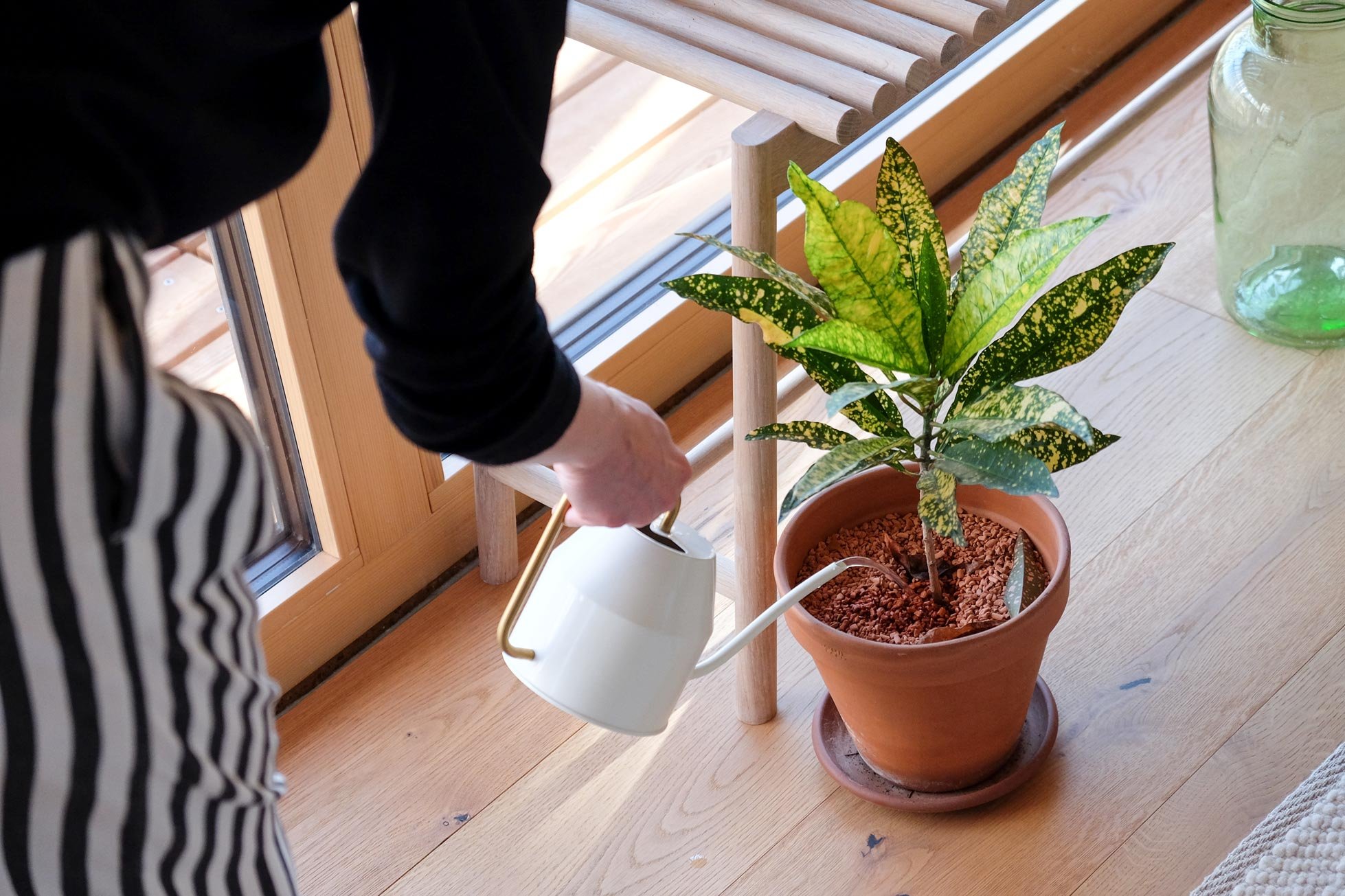
The Bokashi buckets are available in two models and in different colors. We have the Bokashi Organko 1 with a higher filling capacity (16 litres). The Bokashi Organko 2 is a little more stylish in appearance but a little smaller (9.6 litres). But it would probably be more than enough for both of us. In addition, you can find more useful information on the Bokashi Library about which is the right bucket for you and how much you need. For example, if you also want to ferment your garden waste, you will need more than two buckets.
That's it from us again! I wish you all the best, Andrea!


